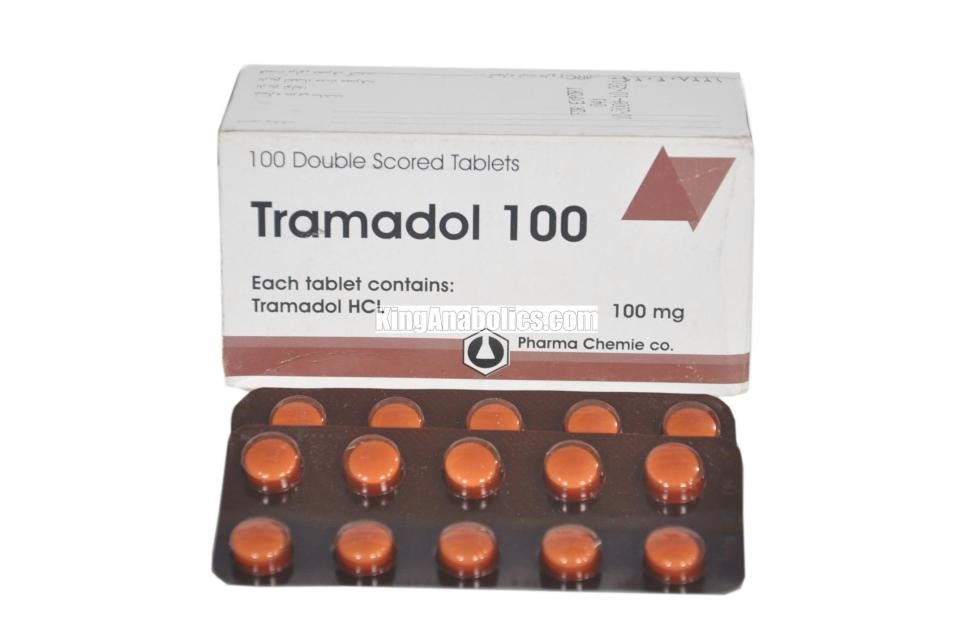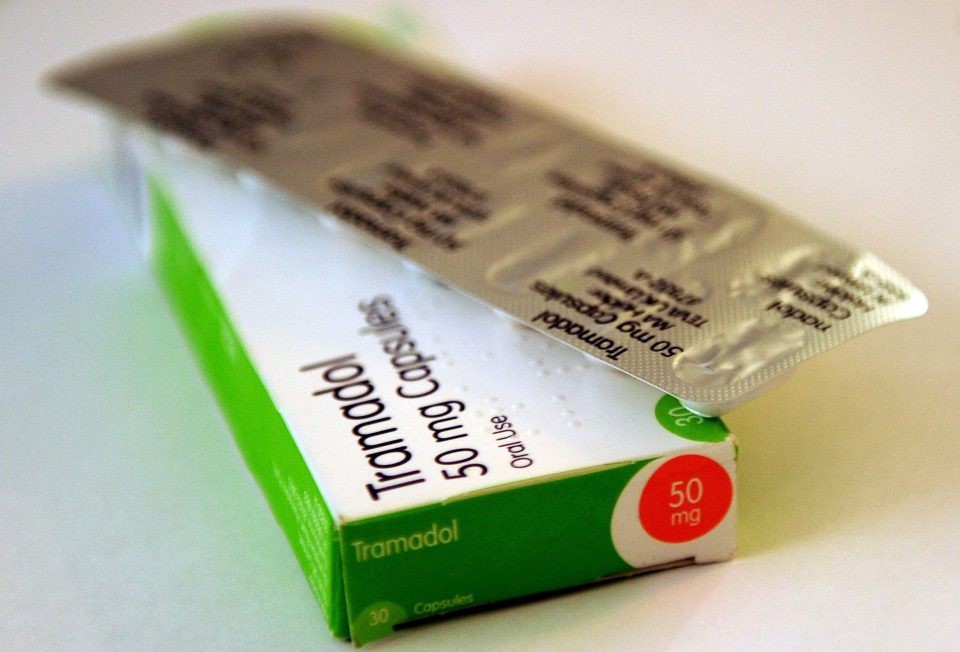By David Heitz
Especially in light of the nation’s opioid epidemic, this shouldn’t be happening anymore: Opioid painkillers and anxiety medication being taken (and often even prescribed) together. We already know it’s a volatile mix proven to lead to easy overdose, especially when combined with alcohol. Both drugs are highly addictive individually – opioids (painkillers) and benzodiazepines (anxiety medication). But they take hold with a strangling grip when taken together. Especially with alcohol. Take it from the National Institute on Drug Abuse, or NIDA:
“Combining opioids and benzodiazepines can be unsafe because both types of drugs sedate users and suppress breathing—the cause of overdose fatality—in addition to impairing cognitive functions. In 2015, 23 percent of people who died of an opioid overdose also tested positive for benzodiazepines
“In a study of over 300,000 continuously insured patients receiving opioid prescriptions between 2001 and 2013, the percentage of persons also prescribed benzodiazepines rose to 17 percent in 2013 from nine percent in 2001. The study showed that people concurrently using both drugs are at higher risk of visiting the emergency department or being admitted to a hospital for a drug-related emergency.” (1)
What’s even more concerning lately is that high school children in Northern San Diego County now appear to be experimenting with anxiety medication, such as Xanax. The same dealers who brought them opioid painkillers are trying to fill the void of painkiller supply, dwindling due to enforcement. Sobriety Resources recently reported why Xanax is the fifth most commonly overdosed drug in America, coming in just behind heroin, fentanyl, cocaine and oxycodone.
What’s dangerous about high school children throwing Xanax into the mix is that we know they already experiment with painkillers and alcohol together. Adding Xanax, valium, Ativan, Klonopin and the like could prove deadly. These are cocktails to stop the heart.
“Right now, we’re trying to pinpoint the exact source of where it’s coming from,” Yesenia Martinez told the San Diego Union-Tribune. “This doesn’t seem to be coming from a pharmacy.” (2) Martinez is a community organizer for Escondido Drug-Free Community Coalition. The program receives referrals through a court-based juvenile diversion program. Rich Watkins, director of pupil services and intervention for the Escondido Union High School District, told the Union Tribune, “Our concern is that kids are involving themselves in some of these activities, and it’s logical to assume that there is more out there than we’re aware of.” (2)
Depressing breathing to the point of stopping heart
It’s not hard to figure out what happens when you mix these drugs. All are depressants. Eventually, your heart can stop. And “the slope is slippery” is more than a saying if you take a second to look down at the ice. I think anyone who has lived the bar/party lifestyle knows how it goes when it comes to being offered pills. It’s always when you’ve been drinking anyway and are pretty messed up. Then you take the pill. Then you’re even more messed up. “Here, want a blue?” “Didn’t I just take a pill? Or not?” And then you take another pill. This is how people wind up dead. And everybody knows someone these days. It doesn’t have to be a needle in the arm. Usually it isn’t.
FDA issues warning many do not heed
The problem of people overdosing on a deadly mix of opioids and benzodiazepines is so serious that last year the FDA required special labeling of these medications. The labels warn the medications can cause “extreme sleepiness, respiratory depression, coma and death.”
“It is nothing short of a public health crisis when you see a substantial increase of avoidable overdose and death related to two widely used drug classes being taken together,” FDA Commissioner Dr. Robert Califf, said when the requirements were announced. “We implore health care professionals to heed these new warnings and more carefully and thoroughly evaluate, on a patient-by-patient basis, whether the benefits of using opioids and benzodiazepines – or CNS depressants more generally – together outweigh these serious risks.” (3)
The FDA at that time noted that some people in recovery take opioid maintenance therapy as part of their treatment plans. Opioid maintenance therapy weans people addicted to drugs such as heroin and fentanyl off the dependency. Further research is needed to determine how anxiety medications interact with opioid maintenance therapy drugs, the FDA determined.
Spreading the word of the little-known, deadly mix
Read what this shocking study in the British Medical Journal this year warns:
“Providers may co-prescribe (anxiety medication) with opioids for its anxiolytic and skeletal muscle relaxant effects. It is also known to be used for insomnia, mania, depression etc.
“However, (anxiety medication) may increase the euphoric effect of opioids leading to potential misuse and co-abuse with other medications. Also, cytochrome P450 plays a role in the metabolism of opioids and certain BZD (benzodiazepines), inhibitors of which can lead to decreased clearance of these drugs, predisposing patients to overdose.
“Primary care patients receiving opioids who are on concurrent BZD are more likely to refill opioids earlier than those using cocaine. Further, BZD are associated with increased risk of suicidal attempt.” (4)
Still, many Americans and even some doctors appear oblivious to the burgeoning overdose crisis being helped along with anxiety medications. This is why the FDA is requiring special labeling.
International Overdose Awareness Day spreads word
What else is being done to let America know this is yet another ticking time bomb in you or your loved one’s medicine cabinet? Not a whole lot. It’s up to all of us to spread the word about this deadly combination of opioids and benzodiazepines (anxiety medication), especially when mixed with alcohol. The International Overdose Awareness Day website has some interesting information explaining how the drug dual team up to kill:
“Half-life refers to the time it takes for a drug to drop to half the strength of its original dose. Some drugs have a long half-life, for example some benzodiazepines. If a person has used yesterday, they may still have enough in their system today to overdose if they use more.
Diazepam (Valium) has one of about 24 hours, so if you took 20mg yesterday you would still have approximately 10mg of diazepam active in your system today. If you were then to use heroin or morphine, you would have an increased risk of overdose as you would be using the opioids in addition to that 10mg of diazepam.” (5)
We learn more and more every day that some of the most addictive and deadly drugs around are those that are legal and readily available to us. It’s easy to lose sight of this because we still stigmatize drug addiction as criminal activity. It’s absolutely time we wake up and smell the coffee about who is becoming addicted to drugs and how. Only then can we be honest about deadly cocktail combinations thought by many to be harmless.
Bibliography
- National Institute on Drug Abuse. (2017, September). Benzodiazepines and Opioids. Retrieved Nov. 8, 2017, from https://www.drugabuse.gov/drugs-abuse/opioids/benzodiazepines-opioids
- Sullivan Brennan, D. (2017, Nov. 2). Xanax abuse creeps into schools. San Diego Union Tribune. Retrieved Nov. 8, 2017, from http://www.sandiegouniontribune.com/communities/north-county/sd-no-xanax-schools-20171102-story.html
3. U.S. Food and Drug Administration. (2016, Aug. 31). FDA requires strong warnings for opioid analgesics, prescription opioid cough products, and benzodiazepine labeling related to serious risks and death from combined use. Retrieved Nov. 8, 2017, from https://www.fda.gov/NewsEvents/Newsroom/PressAnnouncements/ucm518697.htm
4. Gandan Venkata, H. et al. (2017, March 14) Association between concurrent use of prescription opioids and benzodiazepines and overdose: retrospective analysis. British Medical Journal (BMJ). Retrieved Nov. 8, 2017, from http://www.bmj.com/content/356/bmj.j760/rr-5
5. Overdose Basics. International Overdose Awareness Day. Retrieved Nov. 8, 2017, from https://www.overdoseday.com/resources/overdose-basics/




